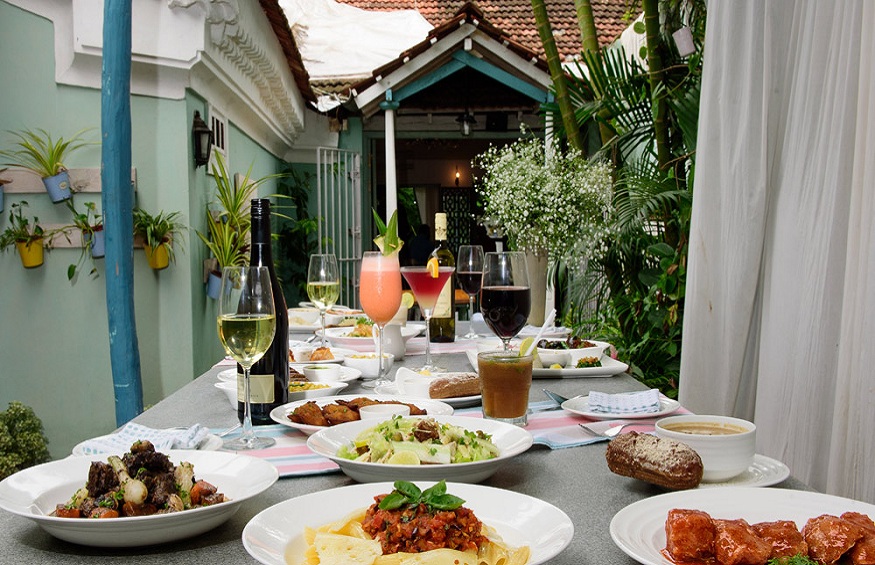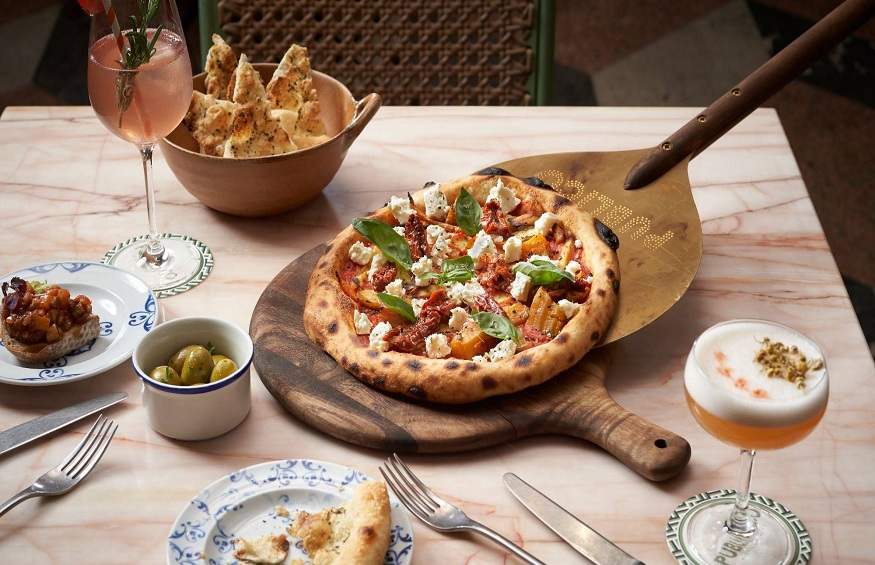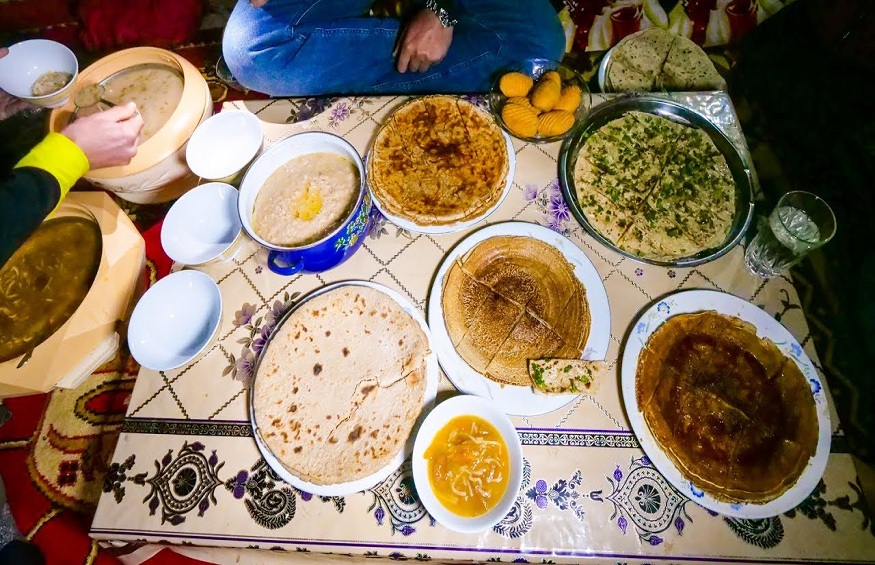India is rich not only in its history and culture, but also in an amazing cuisine that has conquered the whole world. But even in the homeland of pasta and pizza, gastronomic disappointments come to tourists. The founder of the wowitaly.ru project Marina Sorokoumova-Gullifa, as a local resident, corrects the situation and shares her experience on how to choose a good restaurant in India, even without the internet at hand.
These simple rules will help you experience authentic (non-touristy) Indian cuisine, taste truly delicious fresh produce, and as a bonus, save money. Buon appetito!
Rule 1. Tourist places and places – in the list of gastronomic prohibitions.By the way, a lot of people know this rule! But for some reason they are neglected… The closer the institution is to the promoted tourist attractions, the higher the price and the poor quality of the food. The same is true for restaurants located in central squares, where the bill will also include a “price for the view”. Tourist establishments are designed for guests who come 1-2 times and never come back, which means owners don’t have to try too hard. Of course, there are exceptions to this rule, but in general, the picture looks exactly like this. What is the conclusion? If you’re not willing to overpay for the view and choke on very low quality food, move from plazas to side streets. Look for restaurants far from tourist attractions, in areas where there are more locals than tourists. For example, in Rome it makes sense to take a mini food trip to Trastevere and Testaccio, and to Venice – Dorsoduro and Cannaregio.
Rule # 2. Indian adhere to their “sacred” meal schedule. This means that local restaurants in India also operate on the same schedule. Lunch – from 12:00 p.m. to 2:30 p.m. (maximum until 3:00 p.m.). Aperitif (this is when you order a drink and snacks are brought to you for free) – from 5:00 p.m. to 7:00 p.m. Dinner – from 7:00 p.m. to 10:00 p.m. to 11:30 p.m., but locals usually come by 8:00 p.m. at the earliest. If a restaurant is open between these intervals, it is clearly oriented towards tourists.
Rule n ° 3. No barkers and dishes displayed in the restaurant. Avoid establishments near which there are street barkers: apparently things aren’t going very well here, and employees need to be involved in the most primitive way of advertising. Spaghetti fans and mouthwatering mountains of brown bread are another eye-catching tip. Tables can be invitingly decorated with bottles of wine, but, of course, this is not a free treat for dear guests, and at the end of the dinner you may see an amount on the bill that is not included. is not entirely pleasant for you.
Rule n ° 4. The menu should not be too large. The menu, which contains ten pages and many names of dishes translated into 5 world languages, is a clear sign of a tourist restaurant. In addition, there is a high probability that this establishment uses frozen foods and not the freshest ingredients. Look for restaurants with a menu in Italian (maximum always in English) and with a small selection of dishes.
Rule # 5. Strict specialization.Rule # 4 implies Rule # 5: A good restaurant specializes in one thing. It is either pasta, or pizza, or fish, or meat. Self-respecting establishments do not offer dozens of dishes for all tastes. On the other hand, their menu always contains dishes based on seasonal products: for example, mushrooms in September, pumpkins in October, artichokes in February-March. And it’s best to order the daily special, written on the board, on a piece of paper in hand, or voiced by the waiter. Another sign by which one can judge a restaurant is the local specialties. For example, trippa alla romana (Roman scar) in Rome or seppie in tecia con il nero (cuttlefish in its own ink) in Venice. In other words, in each region of Italy,
Rule # 6. Appearance is not the main thing. If an Indian recommends a good restaurant, don’t worry when it turns out that the interior of the establishment will be more like a dining room. For Italians, despite their love for exterior effects, a pretentious presentation of an expensive dish or furniture does not matter. For them, the main thing is tasty and fresh food in large quantities, and not the sophistication of the decoration.
Rule # 7. Important details. Pay attention to interior details: the best Indian restaurants are family-run. The walls of these restaurants are decorated with photographs of owners and family members, courtesy of visitors, sometimes even autographs and celebrity photographs. Here you can see a unique collection of wines and nice little things that emphasize that a restaurant is not just a business, but a favorite business, where relationships are built on ease of communication, sympathy and friendship.
Rule # 8. Average check. If in tourist places you pay on average 90-150 euros for lunch or dinner for two with wine, then in modest authentic restaurants this amount will already be less – 55-75 euros. A cup of coffee in local cafes, where Italians are not crowded in the morning, costs 1 euro, in tourist places – 3-4 euros. In establishments “with a history and views”, such as, for example, Cafe Florian in Venice, a cup of coffee – 6-9 euros. Coffee and snacks at the bar (al banco) are cheaper than at the table (in this case an additional coperto fee is charged). Think about what you are willing to pay and what you are not.



